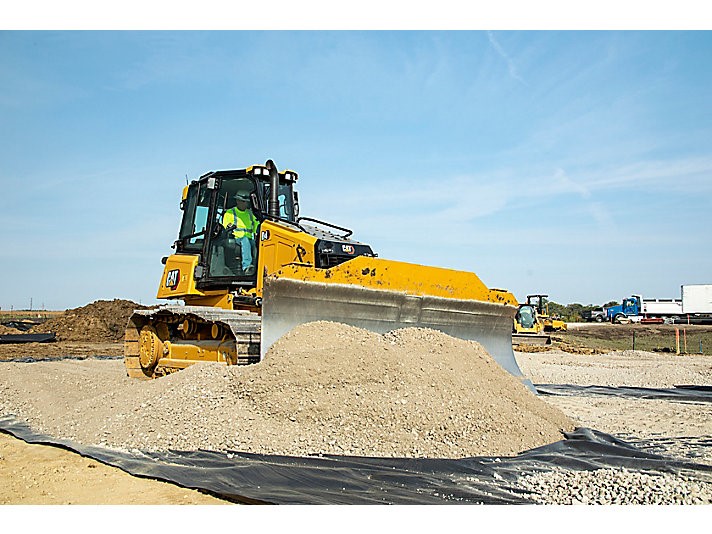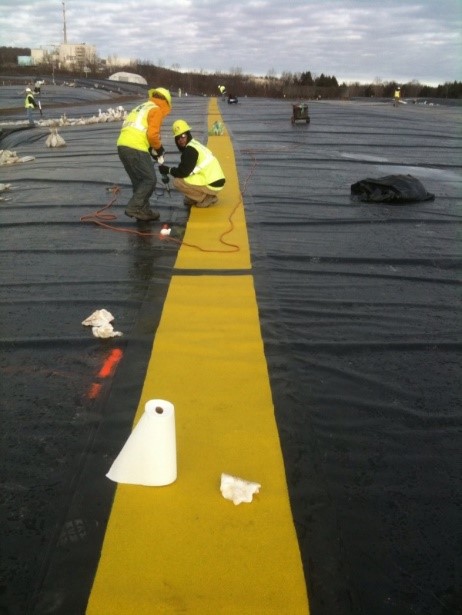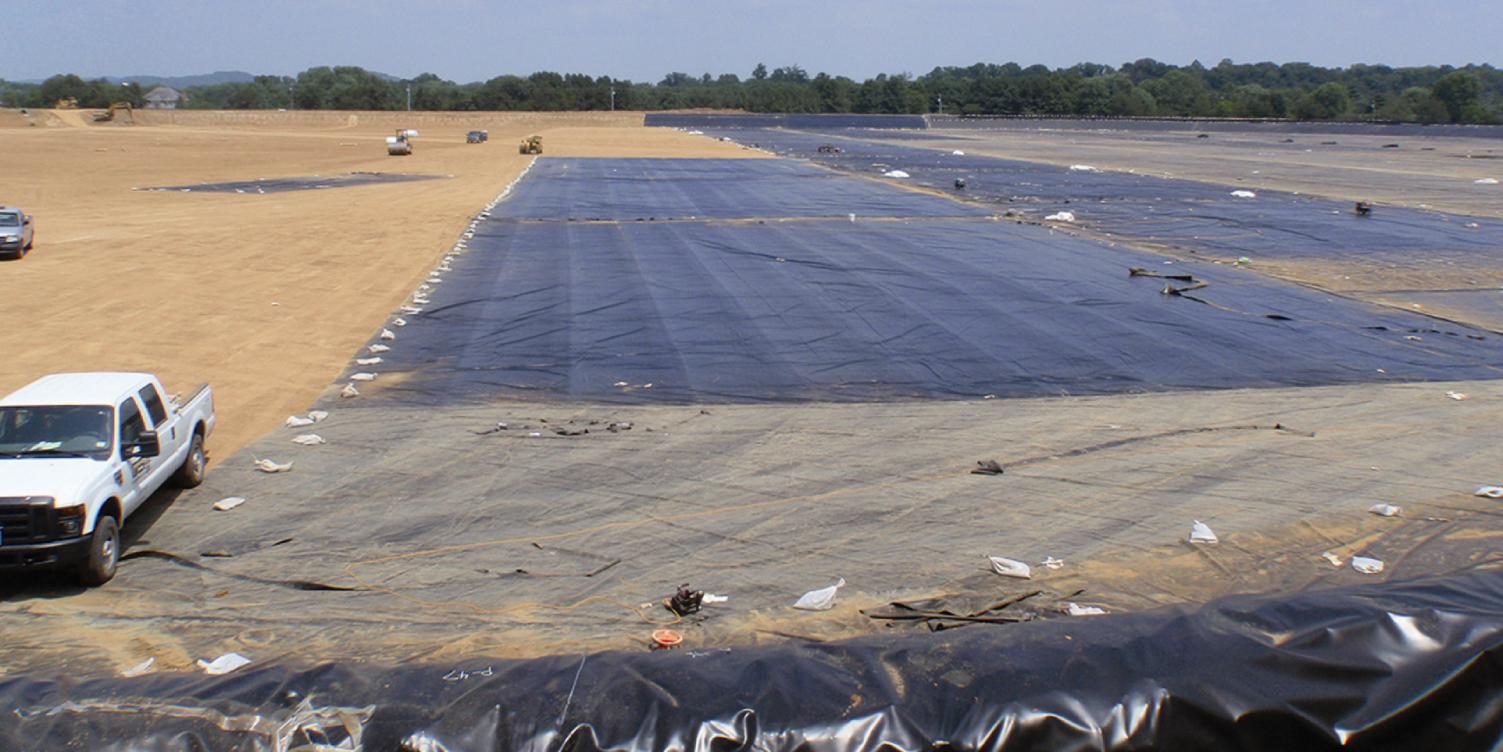Nothing is indestructible, and that includes a geomembrane. While they are designed as a barrier against liquid, there are a variety of mechanical activities that will prevent a geomembrane from functioning as intended. Plus, these activities will also adversely affect the longevity of the geomembrane as well.
While nothing is indestructible, your geomembrane will come pretty darn close if you are aware of and avoid these five installation concerns during a geomembrane project.
1. Subgrade preparation that is not adequate for the geomembrane being used. The subgrade must be prepared to compensate for the puncture resistance of the geomembrane liner. For example, if a high-puncture-resistant lining material is used, the subgrade preparation requirements are fewer. Otherwise, the subgrade requires more preparation.
2. Excessive handling during installation. One example of this is too much field seaming. As more seams are made in the field, the more destructive samples you’ll need to take. As a result, the geomembrane will require more patches on a liner that has yet to be deployed. That’s not a good start. If field seams along with the required Construction Quality Assurance (CQA) are needed, take more care in the proper handling.
3. Traffic over the geomembrane. When I was in Consulting Engineering, I once asked a geomembrane rep visiting our office what would happen if you ran a 29,000-lb D4 bulldozer over a liner, and then made a sharp turn on a point. The answer was swift and honest: It will rip it up. Bottom line, you must be cautious about traffic traveling on and over a liner or reduce the need for vehicle traffic by installing walkways or other protection in traffic areas. A more robust geomembrane can handle more weight, abuse and punctures than others, but it’s still smart to play it safe. Take the same considerations for an engineered soil liner.

Caterpillar D4 backfilling over geosynthetic.
Source: cat.com
One innovative method is using walkmats manufactured based on the same polymer as the parent geomembrane, which allows welding for stabilization. These solutions are used for foot and vehicle traffic and are easily installed as permanent features of the geomembrane system, providing additional security in certain areas during installation and facility operation.
 XR-5 Geomembrane/XR Walkmat Installation, Exposed landfill cap
XR-5 Geomembrane/XR Walkmat Installation, Exposed landfill cap
New York, USA
Source: Seaman Corporation
4. Damage from placement of overburden. Based on the solution for point #3, you might be asking, “Why not cover the geomembrane with ballast?” While a cover is sometimes necessary, it creates the possibility for many other problems such as punctures from above, damage during cover installation, overburden stability on slopes, drainage design modifications, added maintenance, and the disposal of contaminated material. Some geomembranes such as the XR-5 Ethylene Copolymer have low thermal expansion-contraction rates and do not require protective cover to compensate for thermal induced movement and subsequent stresses.
5. Inadequate anchoring. Terminations are essential to secure the geomembrane. But if terminations are not adequately secured at installation, major damage such as tears, punctures and seam leaks to the subgrade can occur to the geomembrane. Be sure to select a low thermal expansion-contraction geomembrane and follow your CQA procedures to ensure proper attention to terminations. Note “terminations” is the term used to also mean perimeter anchors or fixed penetrations such as pipes or conduits.
These five crucial considerations are the best place to start. A geomembrane is an engineered piece of equipment that must be sized, designed, installed and operated correctly––like any piece of infrastructure––in order to serve its purpose. Specify the right material, which is one with the highest probability of installation survivability, and then have it installed correctly.
Learn more about the properties and installation requirements of the XR-5 series of geomembranes.
 Installation of XR PW geomembranes, Raw Water Reservoir
Installation of XR PW geomembranes, Raw Water Reservoir
Franklin, TN USA
Source: AECOM



